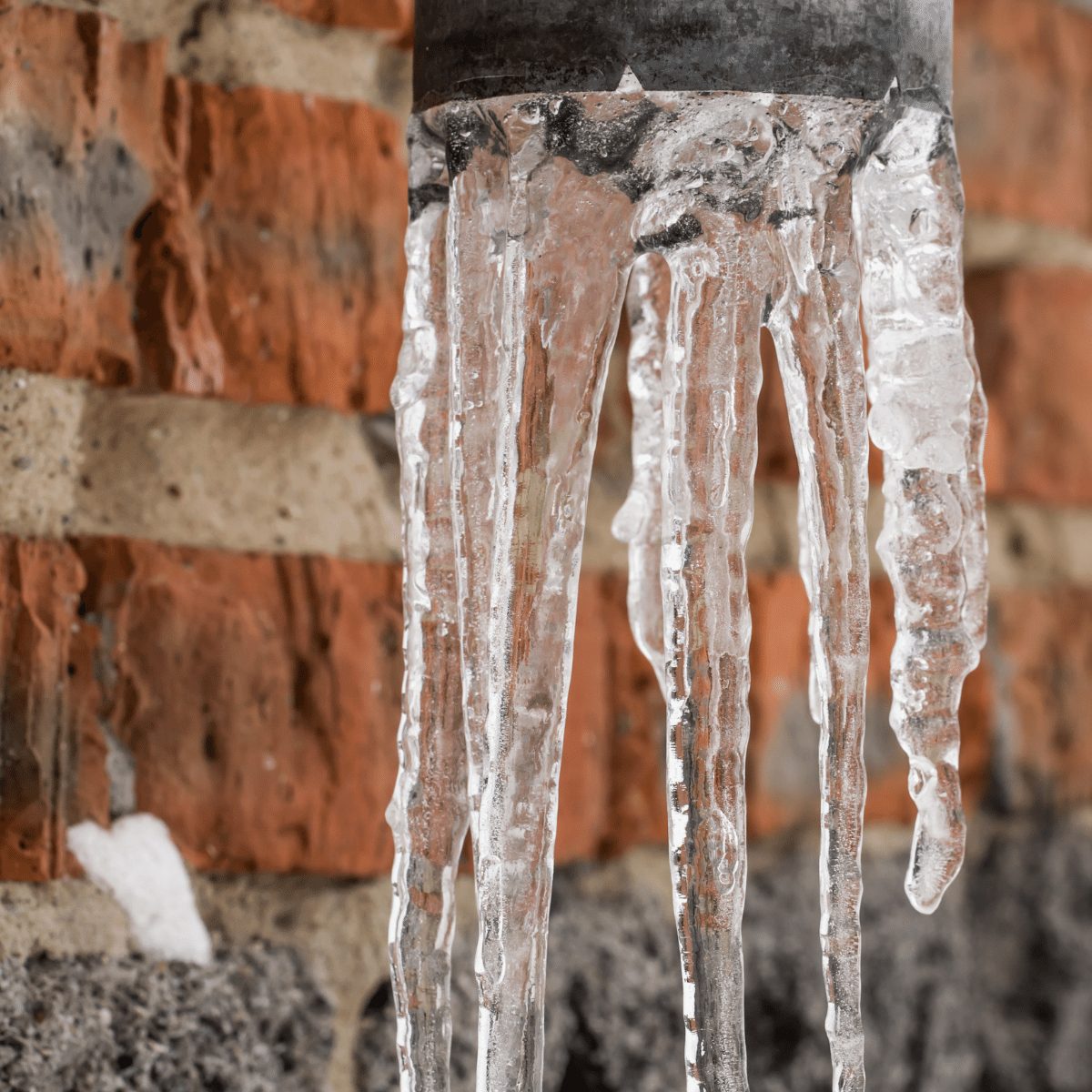Essential Advice to Prevent Frozen Pipes in Winter
Essential Advice to Prevent Frozen Pipes in Winter
Blog Article
What're your opinions on How to prepare your home plumbing for winter weather?

Cold weather can damage your plumbing, specifically by freezing pipes. Right here's how to prevent it from taking place and what to do if it does.
Intro
As temperatures decrease, the threat of frozen pipelines rises, possibly leading to costly repair services and water damage. Recognizing exactly how to prevent icy pipes is important for house owners in chilly environments.
Recognizing Frozen Pipes
What triggers pipelines to freeze?
Pipes freeze when revealed to temperature levels below 32 ° F (0 ° C) for expanded durations. As water inside the pipes freezes, it increases, taxing the pipe wall surfaces and possibly causing them to rupture.
Risks and damages
Frozen pipelines can lead to water supply interruptions, residential or commercial property damages, and costly repair services. Ruptured pipelines can flood homes and create comprehensive structural damages.
Indicators of Frozen Piping
Recognizing frozen pipes early can avoid them from bursting.
How to recognize frozen pipelines
Try to find reduced water flow from taps, uncommon odors or sounds from pipes, and visible frost on subjected pipelines.
Prevention Tips
Protecting susceptible pipes
Wrap pipelines in insulation sleeves or utilize warmth tape to secure them from freezing temperature levels. Concentrate on pipelines in unheated or exterior areas of the home.
Home heating methods
Keep interior spaces appropriately warmed, particularly locations with pipes. Open up cabinet doors to enable warm air to distribute around pipes under sinks.
Shielding Exterior Plumbing
Yard pipes and exterior taps
Disconnect and drain pipes garden tubes before winter months. Install frost-proof faucets or cover outdoor faucets with shielded caps.
What to Do If Your Pipes Freeze
Immediate activities to take
If you suspect icy pipelines, keep faucets open up to ease pressure as the ice thaws. Utilize a hairdryer or towels taken in hot water to thaw pipes slowly.
Long-Term Solutions
Structural adjustments
Consider rerouting pipes away from exterior wall surfaces or unheated locations. Add extra insulation to attic rooms, cellars, and crawl spaces.
Updating insulation
Buy high-quality insulation for pipes, attic rooms, and wall surfaces. Proper insulation assists preserve consistent temperature levels and minimizes the risk of frozen pipelines.
Final thought
Protecting against icy pipelines requires proactive measures and fast reactions. By understanding the causes, indications, and safety nets, home owners can safeguard their plumbing throughout cold weather.
5 Ways to Prevent Frozen Pipes
Drain Outdoor Faucets and Disconnect Hoses
First, close the shut-off valve that controls the flow of water in the pipe to your outdoor faucet. Then, head outside to disconnect and drain your hose and open the outdoor faucet to allow the water to completely drain out of the line. Turn off the faucet when done. Finally, head back to the shut-off valve and drain the remaining water inside the pipe into a bucket or container. Additionally, if you have a home irrigation system, you should consider hiring an expert to clear the system of water each year.
Insulate Pipes
One of the best and most cost-effective methods for preventing frozen water pipes is to wrap your pipes with insulation. This is especially important for areas in your home that aren’t exposed to heat, such as an attic. We suggest using foam sleeves, which can typically be found at your local hardware store.
Keep Heat Running at 65
Your pipes are located inside your walls, and the temperature there is much colder than the rest of the house. To prevent your pipes from freezing, The Insurance Information Institute suggests that you keep your home heated to at least 65 degrees, even when traveling. You may want to invest in smart devices that can keep an eye on the temperature in your home while you’re away.
Leave Water Dripping
Moving water — even a small trickle — can prevent ice from forming inside your pipes. When freezing temps are imminent, start a drip of water from all faucets that serve exposed pipes. Leaving a few faucets running will also help relieve pressure inside the pipes and help prevent a rupture if the water inside freezes.
Open Cupboard Doors
Warm your kitchen and bathroom pipes by opening cupboards and vanities. You should also leave your interior doors ajar to help warm air circulate evenly throughout your home.

We had been made aware of that article about How to Prevent Your Pipes From Freezing from a buddy on our other web blog. Enjoyed reading our blog posting? Please quickly share it. Help somebody else locate it. Thanks so much for your time spent reading it.
See Availability Report this page